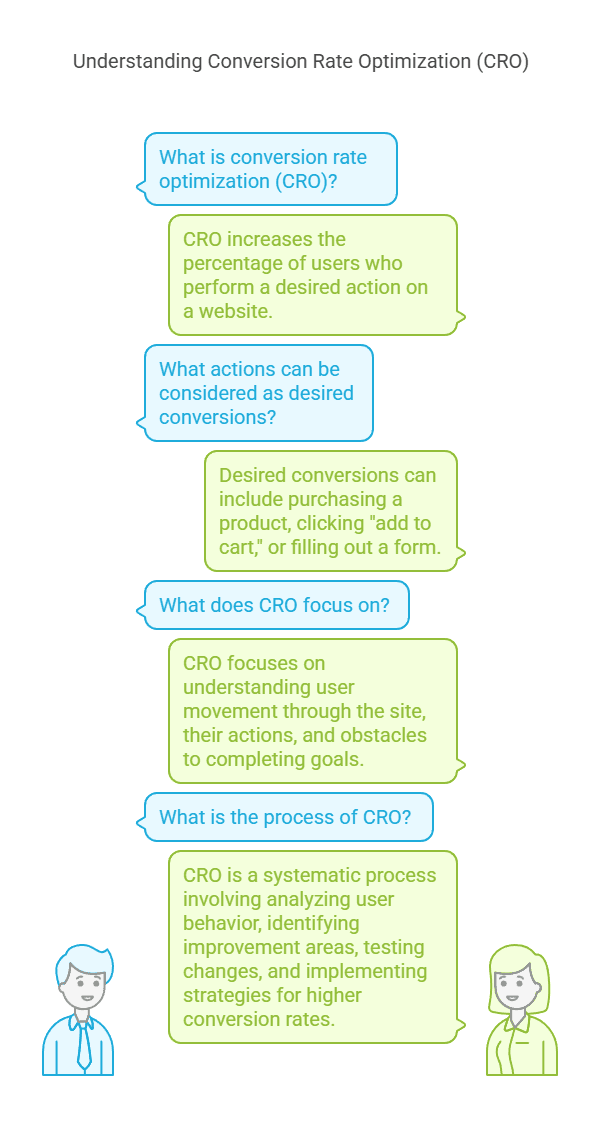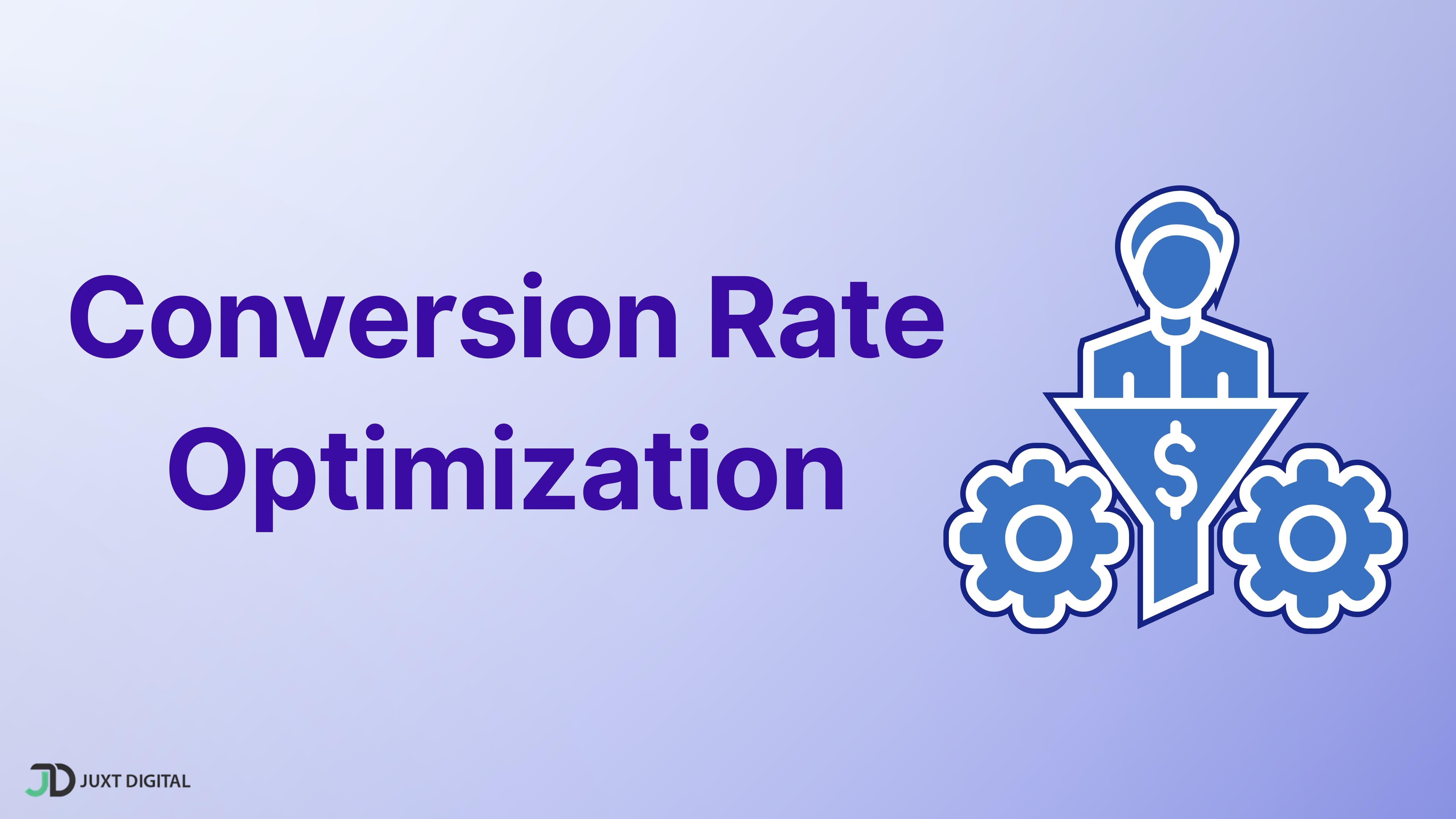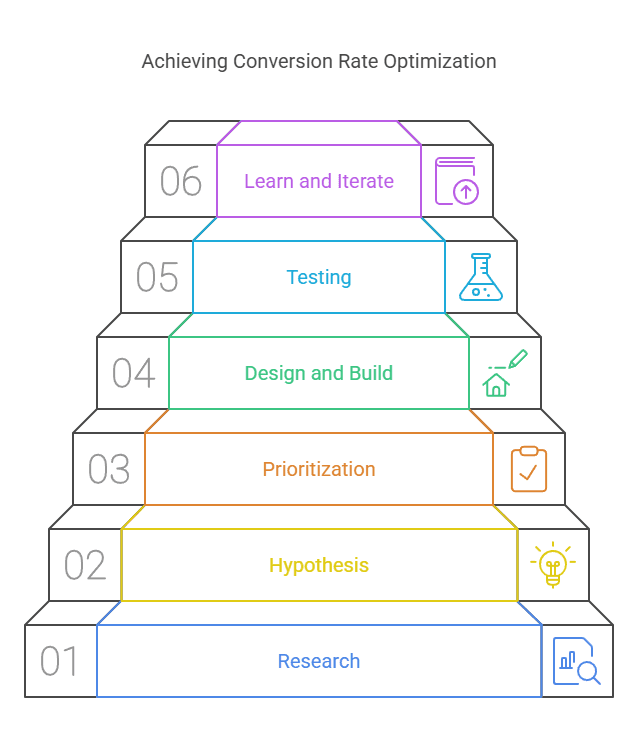What is conversion rate optimization?
Conversion rate optimization (CRO) increases the percentage of users who perform a desired action on a website. This desired conversion action can include purchasing a product, clicking "add to cart," or filling out a form. CRO focuses on understanding how users move through your site, what actions they take, and what's stopping them from completing your goals. CRO is a systematic process that involves analyzing user behavior, identifying areas of improvement, testing changes, and implementing strategies that lead to higher conversion rates.

Why is conversion rate optimization important?
CRO is vital because it helps you get more value from your site's traffic. Instead of spending more money on acquiring additional traffic, CRO focuses on getting more out of your existing traffic. This can lead to higher revenue, lower acquisition costs, and a better overall return on investment (ROI). CRO is also important because it:
- Generates revenue: Even indirect conversions, like content downloads and registering personal information, increase engagement, which is proven to help your bottom line in the long term.





